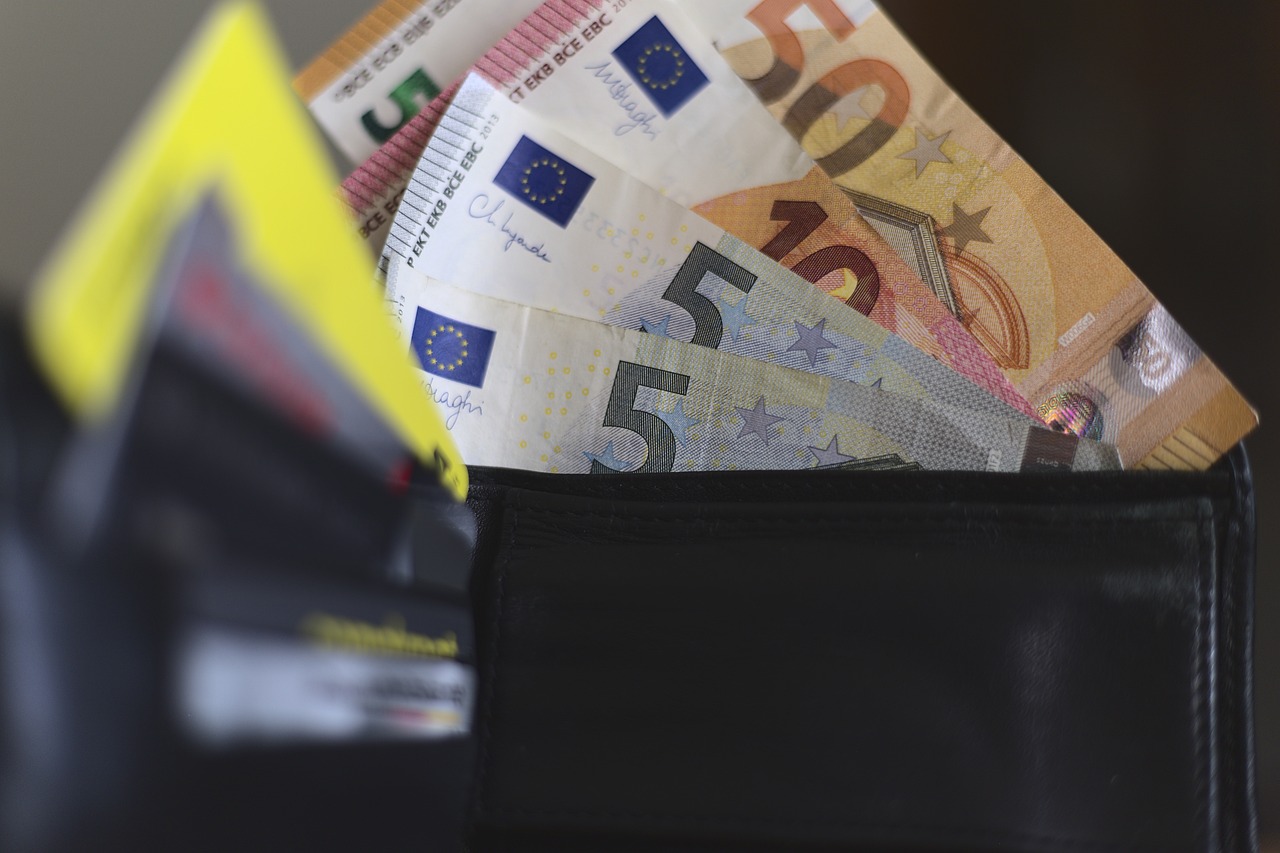Factors Influencing the 1 MXN to USD Exchange Rate: Conversion, Tourism, Politics, and History
GPT_Global - 2025-10-27 02:00:04.0 18
If I exchange 1 MXN to USD, how much would I get in smaller denominations like cents?
In the world of international remittance, understanding currency exchange rates is crucial, especially when sending money across borders. One common question people ask is, "If I exchange 1 MXN (Mexican Peso) to USD (United States Dollar), how much would I get in smaller denominations like cents?"
Exchange rates can fluctuate daily, but as of recent rates, 1 MXN is approximately equal to 0.055 USD. So, if you were to exchange 1 MXN, you would get about 5.5 cents in USD. It’s important to keep in mind that rates can vary slightly depending on where the exchange occurs—banks, money transfer services, and currency exchanges often have different rates and fees.
For those sending remittances, every cent counts. If you are sending large amounts of money, even small fluctuations in the exchange rate can affect the total received by your loved ones. Therefore, it's essential to compare different remittance providers to ensure you’re getting the best value for your money.
In conclusion, while 1 MXN is roughly 5.5 cents in USD, be mindful of the exchange rates and associated fees when making transfers. Always aim to get the best possible rate to maximize the amount your recipient will receive.

What websites or apps can I use to track 1 MXN to USD in real-time?
When sending money internationally, especially from Mexico to the United States, it's crucial to keep track of the real-time exchange rate between the Mexican Peso (MXN) and the U.S. Dollar (USD). Fortunately, there are several reliable websites and apps that provide up-to-the-minute exchange rates, helping you make informed decisions for remittance transactions.
One of the most popular websites for real-time currency tracking is XE.com. It offers a free currency converter and is known for its accuracy and ease of use. XE’s mobile app also allows you to set alerts for specific exchange rates, so you’re always in the loop.
Another great resource is OANDA, a trusted forex trading platform. OANDA offers detailed exchange rate charts and provides an API for businesses to integrate live currency data into their systems. It’s perfect for remittance services that need precise information.
For quick, on-the-go updates, apps like Google Finance and Yahoo Finance are also great options. These apps provide live currency conversion rates and have a simple interface that’s perfect for users who need fast access to data while making transfers.
By using these tools, you can better track the MXN to USD exchange rate and maximize the value of your remittance services. Stay updated to ensure you're sending the right amount of money at the right time.
How does tourism affect the 1 MXN to USD exchange rate?
```htmlTourism plays a significant role in the MXN (Mexican Peso) to USD (U.S. Dollar) exchange rate, influencing its fluctuations. When tourism in Mexico increases, there is a higher demand for the Peso as tourists exchange USD for local currency, which can lead to a stronger Peso. As more tourists visit and spend money, the overall demand for the Peso rises, impacting the exchange rate.
Conversely, a decrease in tourism can weaken the Peso due to lower demand for local currency. Less tourist spending means fewer exchanges between the USD and MXN, potentially causing a depreciation of the Peso. This fluctuation can directly affect remittance businesses, as exchange rates impact the amount of money recipients receive.
Remittance companies must monitor tourism trends to predict possible shifts in the exchange rate. A stronger Peso could offer better rates for those sending money to Mexico, while a weaker Peso might increase transfer costs. Understanding these dynamics helps remittance businesses provide competitive rates and stay responsive to market changes.
```How do I calculate 1 MXN to USD using an online currency converter?
In today's fast-paced world, exchanging currencies is a common task for those involved in remittance services. One crucial step is calculating the conversion of 1 Mexican Peso (MXN) to US Dollar (USD). The most efficient way to get an accurate conversion is by using an online currency converter. These tools are readily available on various financial websites and apps.
To calculate 1 MXN to USD, simply search for "MXN to USD" on a currency converter platform. Most converters offer real-time exchange rates, which are updated regularly to reflect the latest market fluctuations. For example, if 1 MXN equals 0.052 USD, the tool will provide you with the equivalent in US dollars.
For a remittance business, using a reliable currency converter ensures that customers are receiving the correct amount when transferring money internationally. It also helps businesses track exchange rates and plan for potential changes. By leveraging these online tools, you can ensure transparency and accuracy in your financial transactions.
Overall, online currency converters are an essential resource for remittance services. They offer a fast, accurate, and convenient way to calculate MXN to USD and help businesses manage currency exchange efficiently.
What is the significance of the 1 MXN to USD exchange rate for travelers?
The 1 MXN to USD exchange rate holds significant importance for travelers, especially those planning to visit Mexico or send money across borders. As the value of the Mexican Peso fluctuates against the U.S. Dollar, it directly impacts the purchasing power of tourists and expatriates. A favorable exchange rate can provide more value for money, allowing travelers to enjoy affordable accommodations, dining, and entertainment in Mexico.
For businesses in the remittance industry, understanding the dynamics of this exchange rate is crucial. A strong MXN to USD exchange rate can boost the volume of remittances, as senders look to maximize the value for their recipients in Mexico. It can also create new opportunities for cross-border payments, helping both individuals and companies optimize financial transactions.
In addition, the 1 MXN to USD exchange rate serves as a barometer for the economic relationship between Mexico and the United States. Fluctuations can influence travel decisions, remittance habits, and the overall economic health of both countries. Therefore, travelers and remittance businesses should stay updated on the latest exchange rates to make informed financial decisions.
What historical events have influenced the MXN to USD exchange rate the most?
The exchange rate between the Mexican Peso (MXN) and the U.S. Dollar (USD) has been significantly influenced by several historical events. Understanding these key moments is crucial for businesses in the remittance sector, as they impact the cost of sending money between Mexico and the United States.
One major event was the signing of the North American Free Trade Agreement (NAFTA) in 1994. This agreement bolstered economic ties between Mexico, the U.S., and Canada, fostering growth in trade and investment, which strengthened the peso. However, fluctuations in global oil prices also play a role, as Mexico is a major oil exporter, and drops in prices can lead to a weaker peso against the dollar.
Additionally, political instability in Mexico or economic crises, such as the 1994 Mexican Peso Crisis, often lead to sharp depreciation in the value of the peso, causing an increase in the cost of remittances. Understanding these shifts can help remittance businesses anticipate market changes and provide more accurate exchange rate forecasts for their customers.
As the world economy continues to evolve, monitoring historical trends can offer valuable insights for businesses involved in cross-border payments.
Why do some banks offer different exchange rates for 1 MXN to USD?
In the world of remittances, one of the key concerns for customers is understanding exchange rates, especially when sending money abroad. A common question arises: why do some banks offer different exchange rates for 1 MXN to USD? The answer lies in a mix of factors like the bank's business model, market conditions, and fees.
Firstly, banks may have varying exchange rates due to the volume of transactions they process. Larger banks or those with stronger international partnerships might offer better rates due to economies of scale. On the other hand, smaller institutions or remittance services may have to adjust their rates to cover operational costs.
Additionally, market fluctuations also play a significant role. Exchange rates are influenced by supply and demand, geopolitical events, and other external factors. As a result, rates can shift even during the day, meaning a bank may offer a different rate based on the time of the transaction.
Lastly, banks often incorporate a margin into the exchange rate to cover their costs and make a profit. This margin can cause noticeable differences in the rate customers receive. To maximize their remittance value, consumers should compare rates across banks and consider using specialized remittance services with competitive exchange rates.
About Panda Remit
Panda Remit is committed to providing global users with more convenient, safe, reliable, and affordable online cross-border remittance services。
International remittance services from more than 30 countries/regions around the world are now available: including Japan, Hong Kong, Europe, the United States, Australia, and other markets, and are recognized and trusted by millions of users around the world.
Visit Panda Remit Official Website or Download PandaRemit App, to learn more about remittance info.
